Optimal Timing for Waterproofing
Waterproofing is a critical process that helps prevent water intrusion and damage in structures. The timing of waterproofing applications can significantly influence their effectiveness and longevity. Properly timed waterproofing ensures protection during periods of high moisture or adverse weather conditions, reducing the risk of costly repairs.
Spring is ideal for waterproofing projects due to moderate temperatures and increased rainfall, which helps identify potential leaks early.
Summer offers warmer weather, allowing for quicker curing times, but precautions are needed against high temperatures and humidity.
Fall provides cooler, dry conditions suitable for waterproofing, especially before winter weather sets in.
Winter is generally not recommended due to freezing temperatures that can hinder curing and adhesion of waterproofing materials.
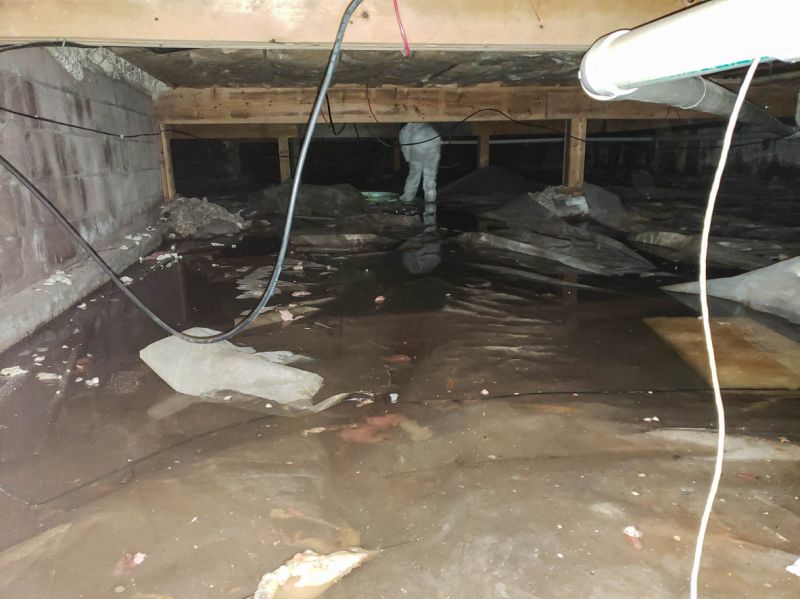
Ways to make Waterproofings work in tight or awkward layouts.

Popular materials for Waterproofings and why they hold up over time.
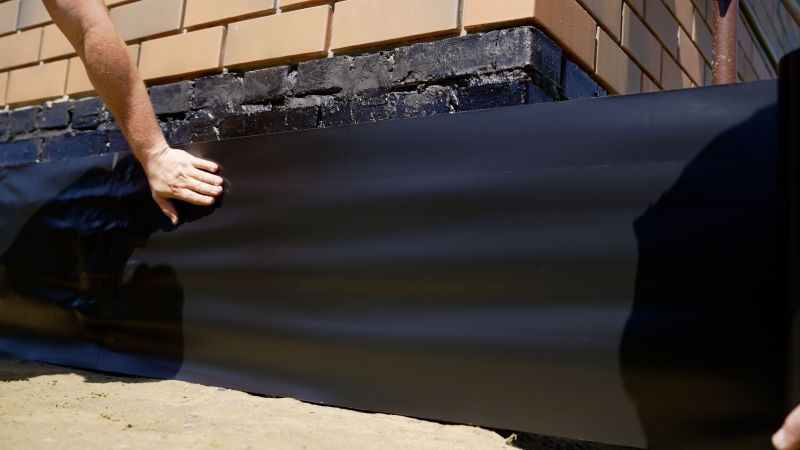
Simple add-ons that improve Waterproofings without blowing the budget.
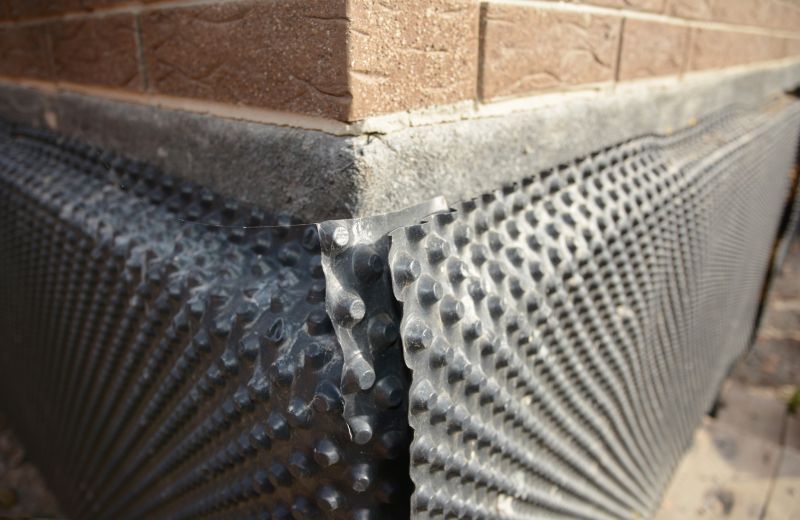
High-end options that actually feel worth it for Waterproofings.

Finishes and colors that play nicely with Waterproofings.
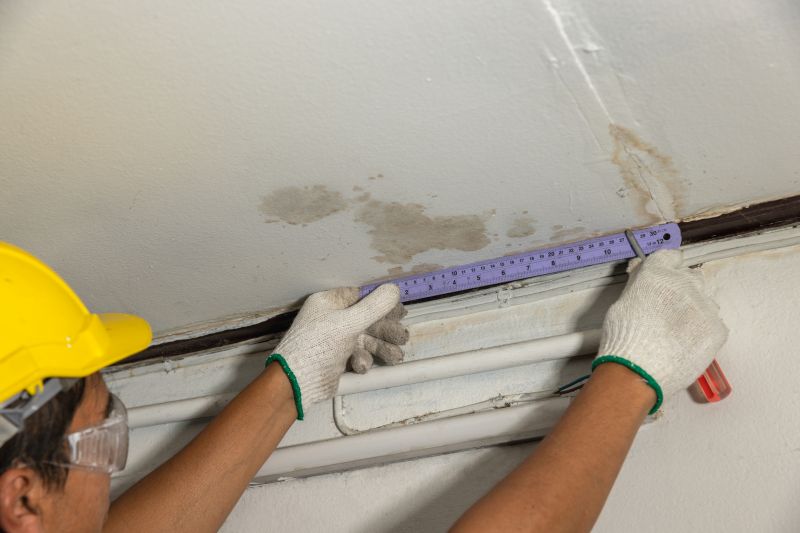
Little measurements that prevent headaches on Waterproofings day.
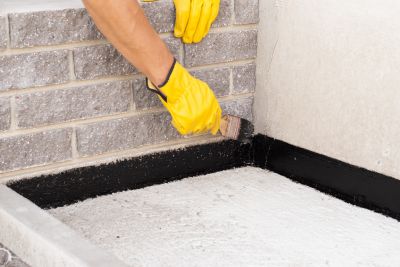
A 60-second routine that keeps Waterproofings looking new.

A frequent mistake in Waterproofings and how to dodge it.
| Season | Best Conditions for Waterproofing |
|---|---|
| Spring | Moderate temperatures, increased rainfall, ideal for leak detection. |
| Summer | Warmer weather, faster curing, but watch for high humidity. |
| Fall | Cool, dry conditions, suitable for pre-winter protection. |
| Winter | Not recommended due to freezing temperatures and poor adhesion. |
Waterproofings are essential for protecting structures from water damage, which can lead to mold growth, structural deterioration, and costly repairs. Advances in waterproofing technologies include liquid membranes, sheet membranes, and cementitious coatings, each suited for different applications. Properly applied waterproofing can extend the lifespan of a building and maintain its integrity.
Statistics indicate that water intrusion accounts for a significant percentage of building repairs annually. Implementing waterproofing during optimal weather conditions enhances adhesion and durability, ensuring long-term protection. Regular inspections and maintenance are recommended to sustain waterproofing effectiveness over time.
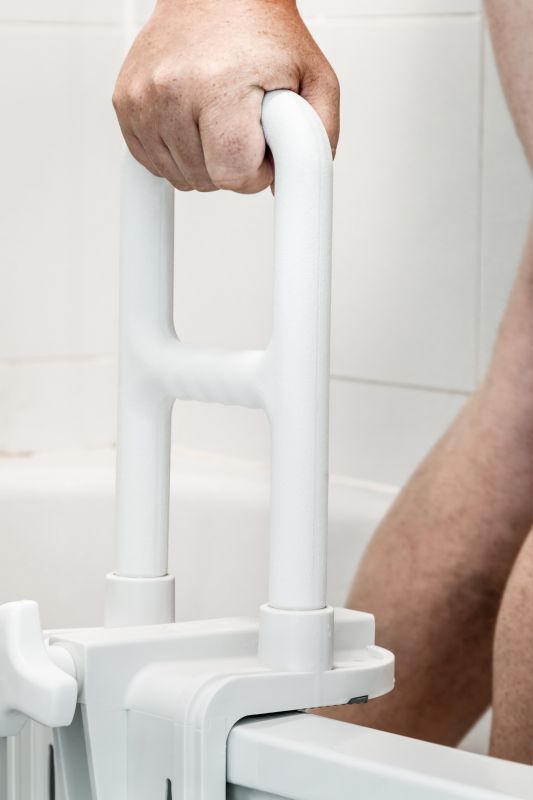
Small tweaks to make Waterproofings safer and easier to use.

Lower-waste or water-saving choices for Waterproofings.
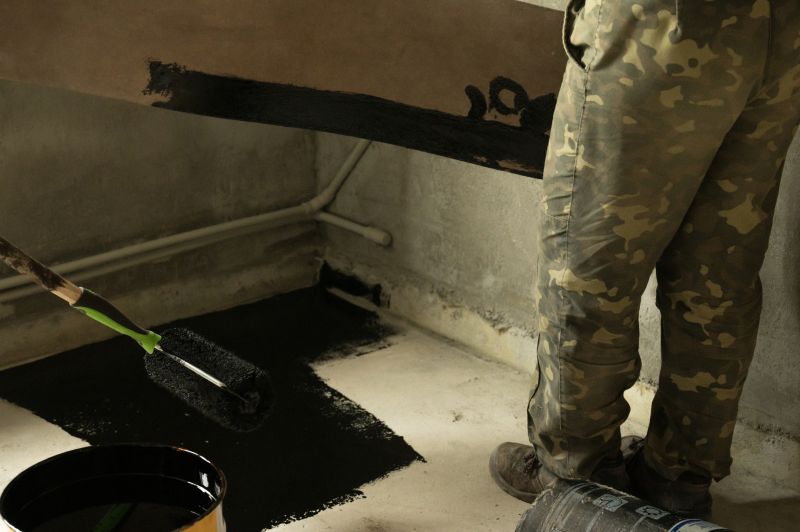
The short, realistic tool list for quality Waterproofings.
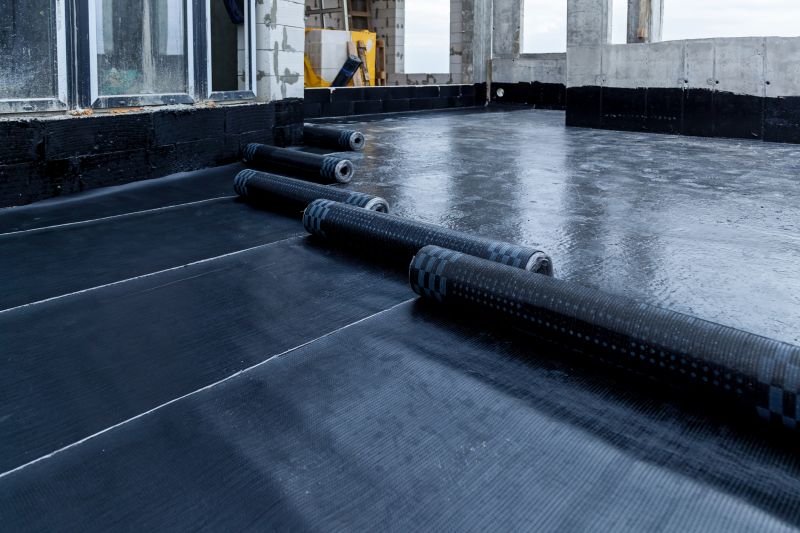
Rough timing from prep to clean-up for Waterproofings.
For those interested in waterproofing services, filling out the contact form can provide further information tailored to specific needs and project timelines.

